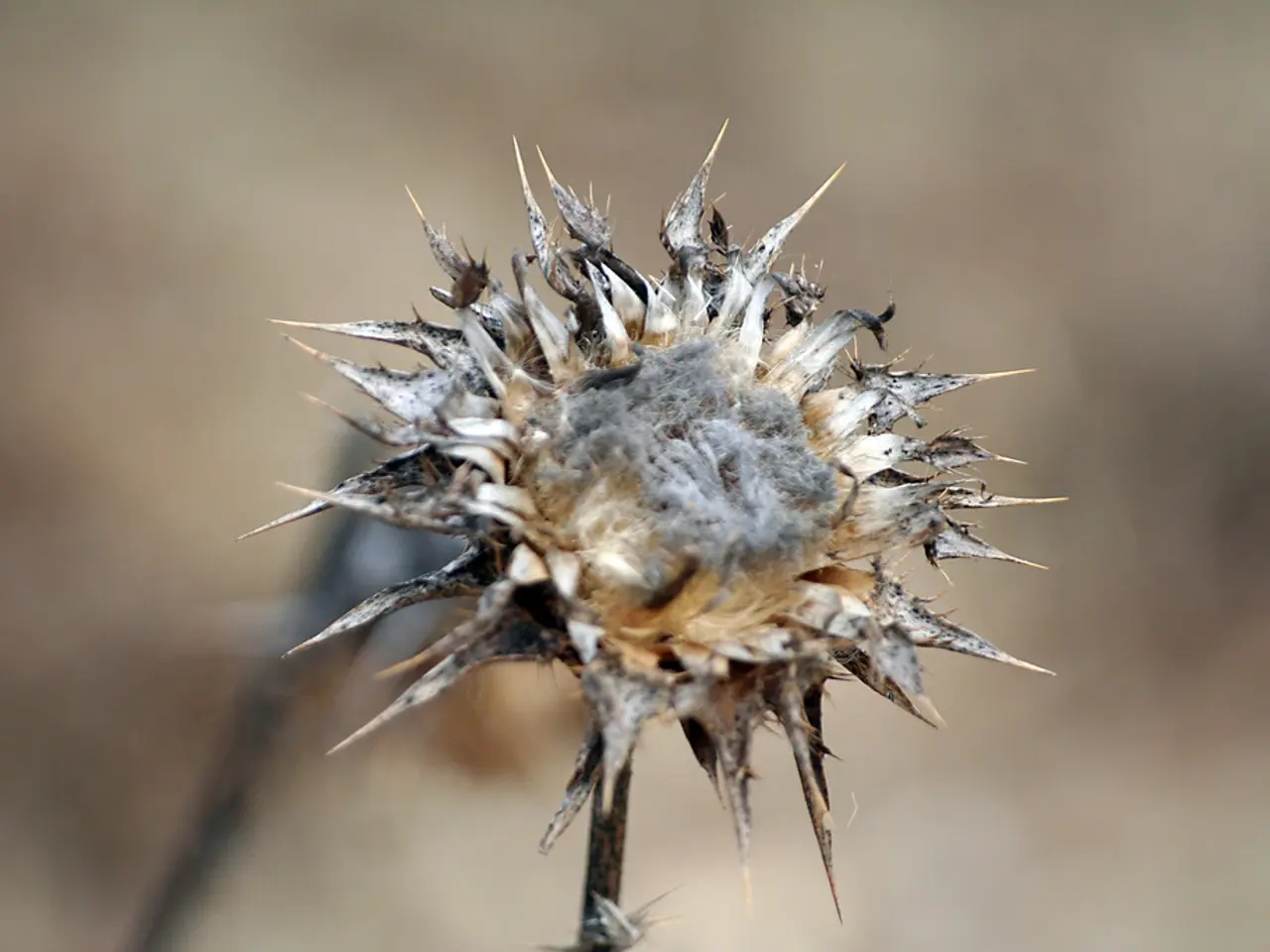Preserving Hydrangea Blooms Affordably Through Water Immersion - An Inexpensive and Simplistic Method for Retaining Hydrangea Petals
Preserving Hydrangea Flowers at Home: A Simple and Effective Method
Want to add a touch of nature to your home decor even in the colder months? Look no further than the humble hydrangea. This flower, known for its vibrant blooms, can be preserved at home using a simple and effective water drying method. Here's a step-by-step guide to help you get started.
Harvesting the Perfect Hydrangeas
The key to successful hydrangea preservation is to harvest the flowers when they feel slightly papery, typically late summer to early fall. Cut the stems about 12-18 inches long and strip the leaves from the stems to prevent mold and rot.
Setting Up Your Drying Station
Place the stems upright in a vase or jar with 2-3 inches of water. Ensure the flowers are not crowded for proper air circulation. Fill each vase with enough water to cover about two to three inches of the stems. The vase should be placed in a cool, dry location away from direct sunlight for optimal results.
Letting Nature Take Its Course
Leave the hydrangeas in the vase without replacing the water, allowing the water to slowly evaporate naturally over a couple of weeks. During this time, the hydrangea blooms will dry while maintaining their shape and much of their original color.
Optional Final Touch
After drying, you can optionaly give the petals a light mist of unscented hairspray to help with petal hold, but this is not required.
Additional Tips
To help hydrangeas take up water better before drying, you can cut stems at a 45º angle early in the day, dip the cut ends briefly in boiling water, and then place in warm water—this helps dissolve sap and air bubbles blocking water uptake.
Enjoying Your Preserved Hydrangeas
Once dried, hydrangea flowers can be used for simple bouquets, floral wreaths, or winter décor, or painted with floral spray paint for deeper colors. The drying process may take several weeks, depending on the size and variety of the hydrangeas.
A Cost-Free Method
Drying hydrangeas in water does not require any special equipment or materials, making it a cost-free method. The color of hydrangeas may change during the drying process, such as from white to dusky pink. Choose the best-looking blooms for drying as any imperfections will be exacerbated during the process.
Cutting the Hydrangeas
Cut the hydrangea blooms in mid to late morning after all the dew has dried. Arrange the hydrangeas in the vases with ample space between blossoms to allow proper air circulation.
Preserving Hydrangeas for Enjoyment All Year
This method is ideal for preserving hydrangeas for enjoyment all winter. Hydrangeas hold their shape and color well when allowed to dry in water, making them a perfect addition to your home decor. The drying process of hydrangeas in water should be initiated when the blooms have been open for several weeks and are beginning to get papery.
- To complement the cool, dry location where you've placed your hydrangea-filled vases for preservation, consider arranging them in your home decor as part of your home-and-garden lifestyle, adding a touch of nature and blooms to your lifestyle even during the colder months.
- After successfully preserving your hydrangeas using the water drying method, you can display these dried flowers in your home-and-garden surroundings, such as in your garden, in pots, or around your home, infusing your home-and-gardening hobby into your lifestyle while enjoying the beauty of hydrangeas year-round.




